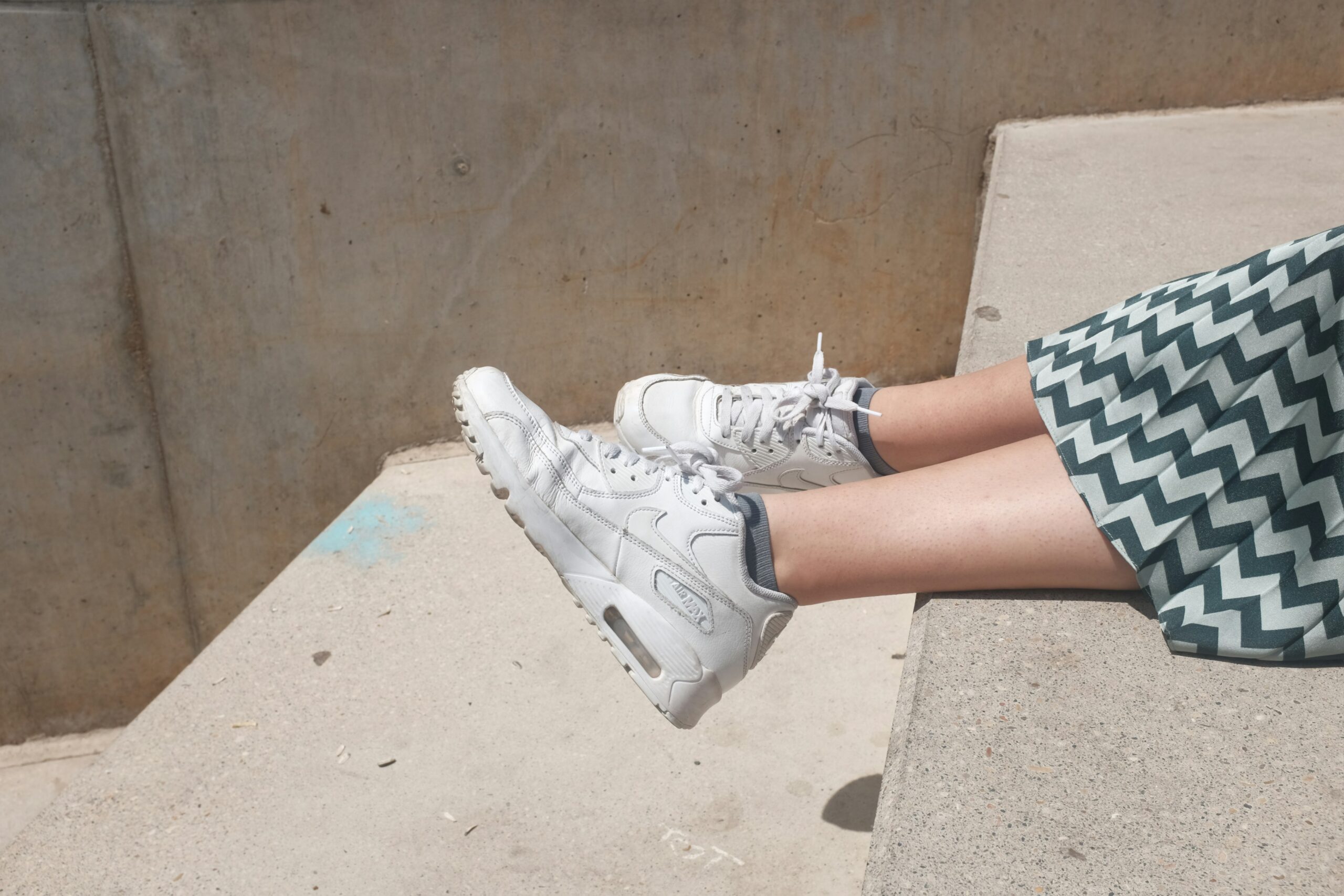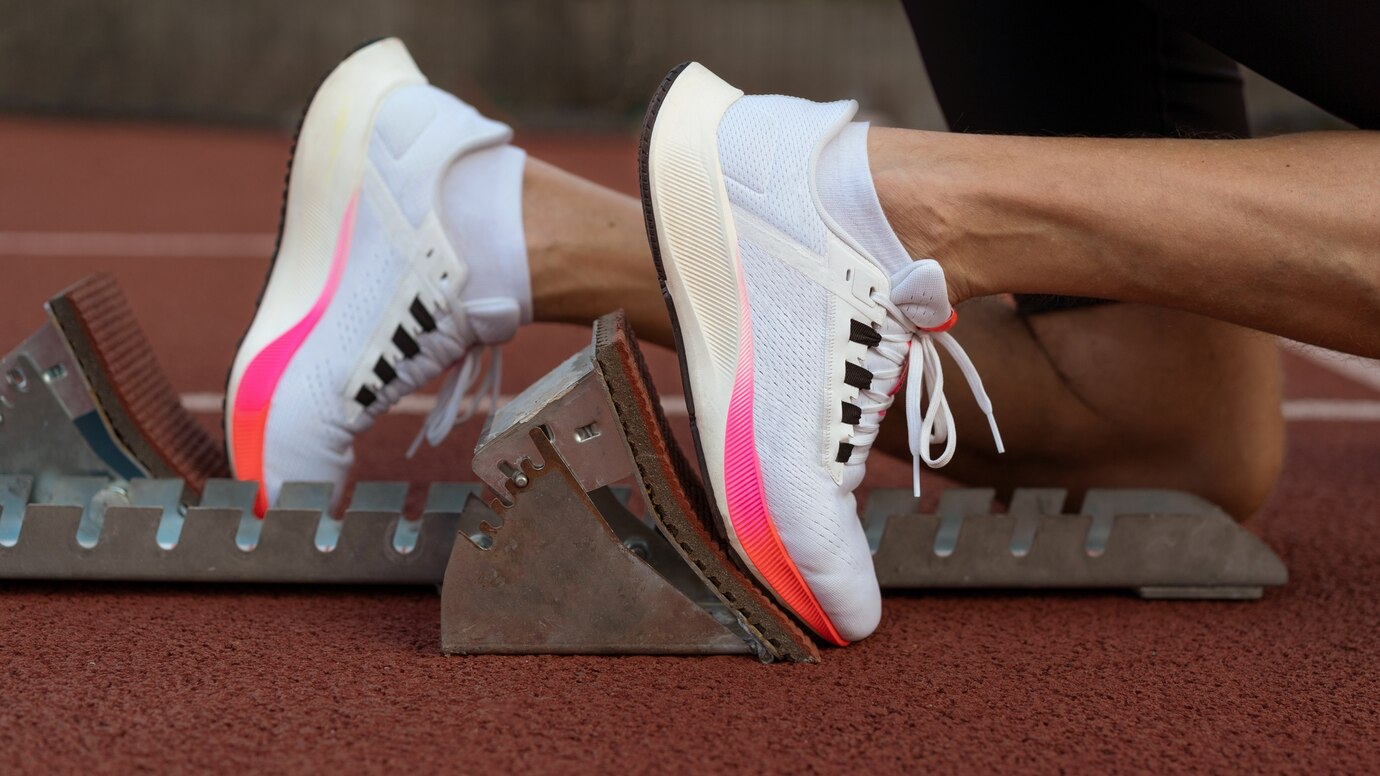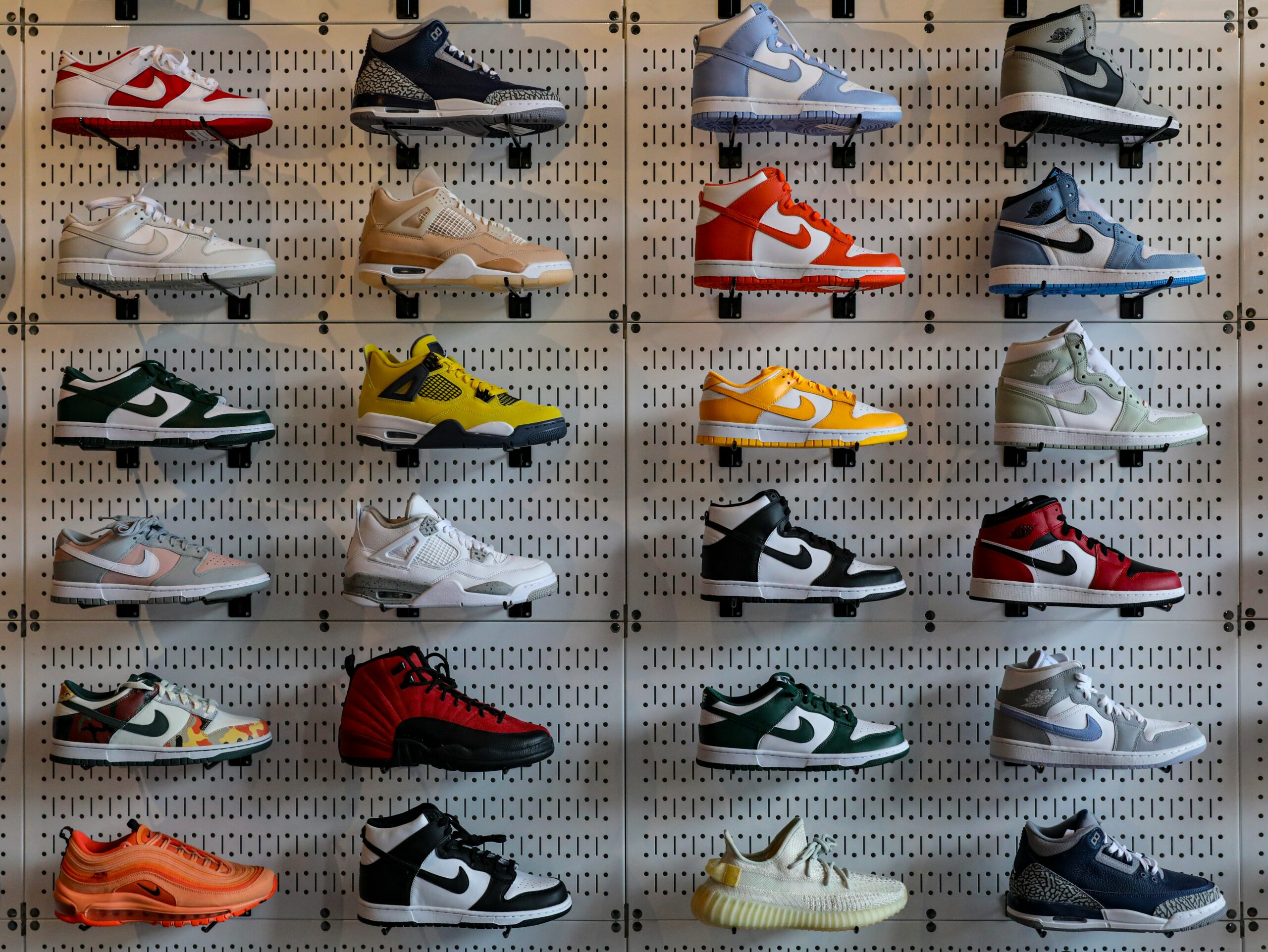Sneaker Culture: The History & Future of Sneaker Fashion
Sneakers aren’t just shoes. They symbolise a movement, a cultural statement, and a huge industry worth billions. Sneakers started as essential rubber-soled shoes. Now, they are status symbols. They have influenced streetwear, sports, and high fashion. Sneaker culture has a rich history. It shows how these shoes became a key part of modern style. Read

Sneakers aren’t just shoes. They symbolise a movement, a cultural statement, and a huge industry worth billions. Sneakers started as essential rubber-soled shoes. Now, they are status symbols. They have influenced streetwear, sports, and high fashion. Sneaker culture has a rich history. It shows how these shoes became a key part of modern style.
Read our blog to explore sneaker culture’s origins, the impact of limited-edition trainers, and the future of sneaker collecting in a shifting market.
The Origins of Sneaker Culture
Early Beginnings: The Birth of Sneakers
The concept of sneakers dates back to the early 19th century, when rubber-soled shoes, known as plimsolls, were developed. By the late 1800s, Goodyear and Keds made canvas-and-rubber shoes, which provided comfort and flexibility.
- 1892: Keds releases one of the first rubber-soled shoes.
- 1917: Converse launches the Chuck Taylor All-Star, revolutionising basketball footwear.
- 1920s: Adidas and Puma emerge in Germany, focusing on performance-driven sports shoes.
These early developments laid the foundation for sneaker culture, combining function with style.
The Rise of Sneakers in Sports & Pop Culture

The Influence of Basketball & Hip-Hop
Basketball played a pivotal role in sneaker culture history. In the 1980s, Nike transformed the industry by introducing the Air Jordan line.
- 1984: Michael Jordan’s first signature shoe, the Air Jordan 1, is released.
- 1986: Run-D.M.C.’s song “My Adidas” connects hip-hop and sneaker fashion.
- 1990s: Sneaker endorsements from stars like Shaquille O’Neal and Allen Iverson drive mass appeal.
Streetwear & Celebrity Endorsements
By the 2000s, sneaker culture was no longer just about sports—it had become a defining element of street fashion.
- Rappers like Jay-Z and Kanye West influenced the design and exclusivity of sneakers.
- Luxury brands like Louis Vuitton and Dior mixed high fashion with streetwear.
Sneakers were no longer just functional—they were a lifestyle.
The Phenomenon of Limited Edition Trainers

The Appeal of Limited Drops
Limited-edition trainers have made sneaker collecting a competitive game. Brands leverage scarcity to create demand, leading to long queues, raffles, and resell markets.
- Nike’s “SNKRS” app and Adidas’ “Confirmed” platform manage exclusive sneaker releases.
- Hyped collaborations such as Travis Scott x Nike or Off-White x Jordan command thousands in resale value.
- “Drop culture” fuels demand, making sneakers social currency.
Sneaker Resale Market
The resale market has become an industry of its own, with platforms like StockX and GOAT legitimising sneaker trading. Nowadays, limited-edition sneakers are considered investments, much like art or stocks.
- 2019: Sotheby’s auctions a pair of 1972 Nike “Moon Shoes” for £350,000.
- 2021: Kanye West’s Grammy-worn Nike Air Yeezy 1 sells for £1.3 million.
- 2023: The Jordan 1 Retro High OG “Lost & Found” generates massive resale profits.
Owning a rare sneaker is now a badge of prestige in fashion and finance.
The Art & Passion of Sneaker Collecting
Why Do People Collect Sneakers?
Sneaker collecting is a mix of nostalgia, status, and artistic appreciation. Collectors range from casual enthusiasts to serious investors.
- Sentimental Value: Many collectors buy sneakers tied to childhood memories or cultural milestones.
- Fashion Statement: Sneakers are wearable art, often featuring unique designs and storytelling.
- Investment Potential: Some rare sneakers appreciate, making them lucrative assets.
Most Coveted Sneakers for Collectors
Some sneakers hold legendary status due to their history, design, and exclusivity.
- Nike Air MAG (2011) – Inspired by Back to the Future, featuring self-lacing technology.
- Jordan 1 OG “Chicago” (1985) – A grail for basketball and fashion fans alike.
- Travis Scott x Jordan 1 Retro High (2019) – A fusion of modern hype and timeless design.
For collectors, the thrill lies in the hunt for these legendary pieces.
The Future of Sneaker Fashion

Sustainability & Ethical Manufacturing
As the sneaker industry grows, sustainability becomes crucial. Brands are innovating with eco-friendly materials and ethical production methods.
- Nike’s “Move to Zero” initiative focuses on reducing carbon emissions.
- Adidas and Parley for the Oceans create trainers made from recycled ocean plastic.
- New Balance and Veja prioritise sustainable leather and vegan alternatives.
Technology & Customisation
Innovation is reshaping sneaker culture, introducing new features and customisation options.
- 3D-Printed Sneakers: Adidas’ 4D technology creates midsole structures with enhanced performance.
- Self-Lacing Technology: Nike’s Adapt line offers innovative, app-controlled laces.
- Customisable Designs: Platforms like Nike By You let users personalise their trainers.
The Role of the Metaverse & NFTs
Digital sneakers and NFTs (non-fungible tokens) are the next frontier for sneaker culture.
- Nike’s RTFKT merges digital collectables with physical sneaker drops.
- Virtual Sneakers in the Metaverse allow users to showcase their style in digital spaces.
- Blockchain Authentication ensures sneaker legitimacy in the resale market.
Sneaker culture is evolving beyond physical ownership into digital fashion and tech-driven trends.
The Ever-Evolving Legacy of Sneaker Culture
Sneaker culture has deep roots in sports but now rules high fashion. Its history shows how footwear influences identity, style, and commerce. Limited-edition trainers and sneaker collecting have transformed a small hobby into a significant global trend.
Sneakers will continue to influence culture due to changes in sustainability, technology, and digital fashion. Whether you’re a collector, enthusiast, or casual wearer, there’s no denying the power and impact of sneaker fashion.
What’s your most prized sneaker? Share your thoughts in the comments below!